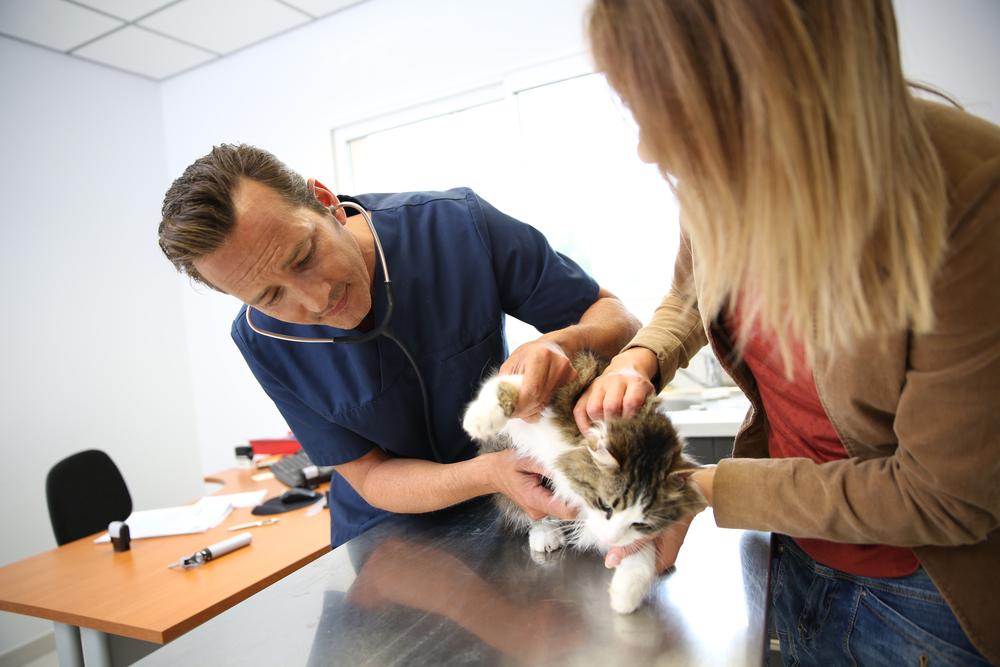
Preventing Diabetes Mellitus in Cats
Believe it or not, cats can and do get diabetes. In fact, 1 in 230 cats will be diagnosed with diabetes mellitus. People think that cats are adorable and just naturally healthy. However, when blood sugar or glucose levels are very high in cats, not enough insulin is naturally produced enough for their bodies. Feline diabetes can damage blood vessels, which can lead to vision loss, heart issues, nerve damage, and kidney disease.
Here are the telltale symptoms of diabetes in cats:
1. Feline obesity
This is one of the most obvious causes of diabetes for a cat. Having a big fat cat may seem cute and cuddly, but it can be deadly. Preventing this is easy. Get your cat some regular exercise, and change their diet. Hint, no more people food.
2. Increased thirst and urination
If you notice your cat is overly thirsty and constantly peeing, you may want to get them checked. Increased thirst is often due to high glucose levels, the kidneys flush out the glucose along with water, which then creates excess thirst and urination. If you notice your cat emptying the water bowl, then jumping in the sink or shower to find more water, get them checked.
3. Not using the litter box
This occurs when cats cannot make it to the litter box fast enough, and is considered a common sign in undiagnosed diabetic cats.
4. Appetite changes
This can happen in either of two ways. The cat may seem unusually hungry, which is caused by the nervous system telling them they are hungry. However, if a cat feels sick, they will not be hungry, just like a person feels when they are sick.
5. Unexplained weight loss
Diabetes affects calories differently and is not used for energy, so the body breaks it down to weight loss. You will need to watch if the weight loss is caused by more exercise with you, or if it is a dramatic effect.
6. Inactiveness, or weakness
Diabetes affects energy levels. They just don’t have the energy to run and play. They may even seem lethargic and tend to sleep a lot more than usual. If they just seem uninterested in doing anything, you must get them checked immediately.
7. Walking on hocks
This is when your cat essentially walks on the elbow parts of their legs. This is a definite sign of danger. This can be a sign of “diabetic neuropathy” when a disease attacks the nervous system. Sometimes this is quite painful to the feline.
8. Vomiting
Vomiting is not always a sign of severe sickness, as we well know they cough up hairballs, and just like dogs, will sometimes eat grass, then spit it back up. However, if it is quite frequent, then you should take note.



